About us
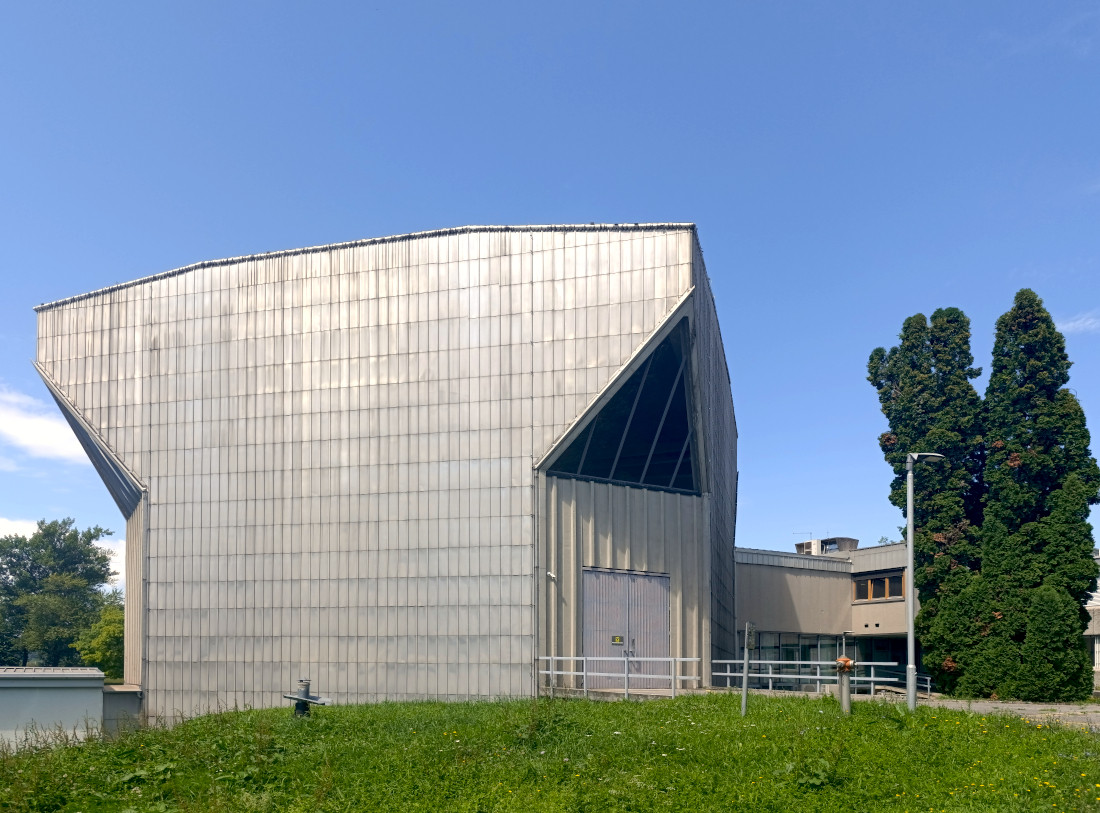
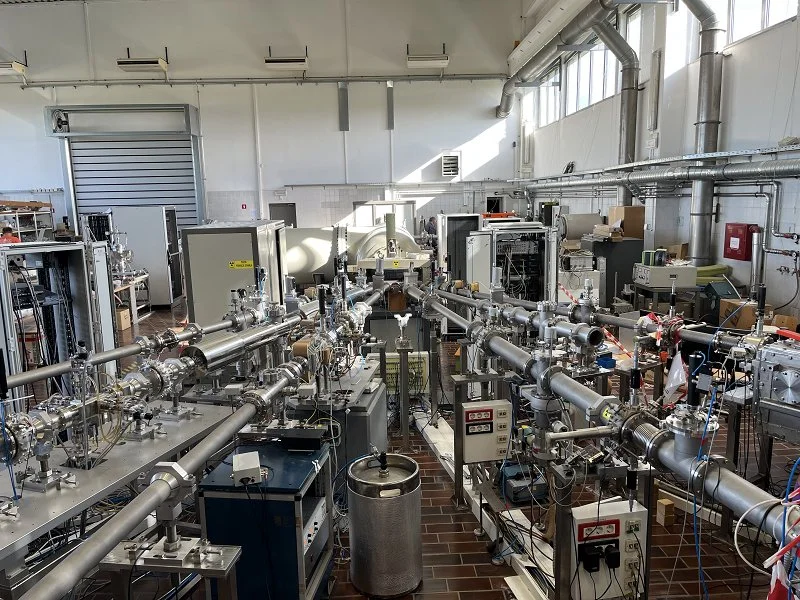
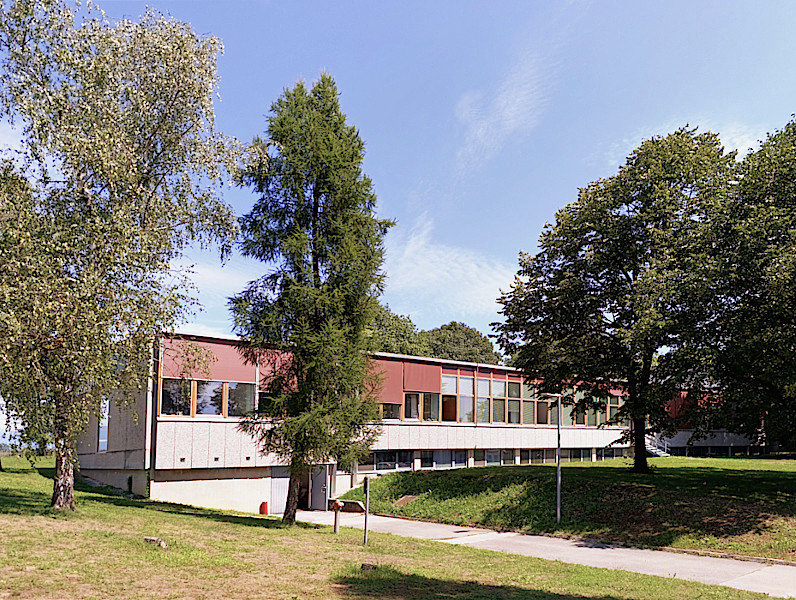
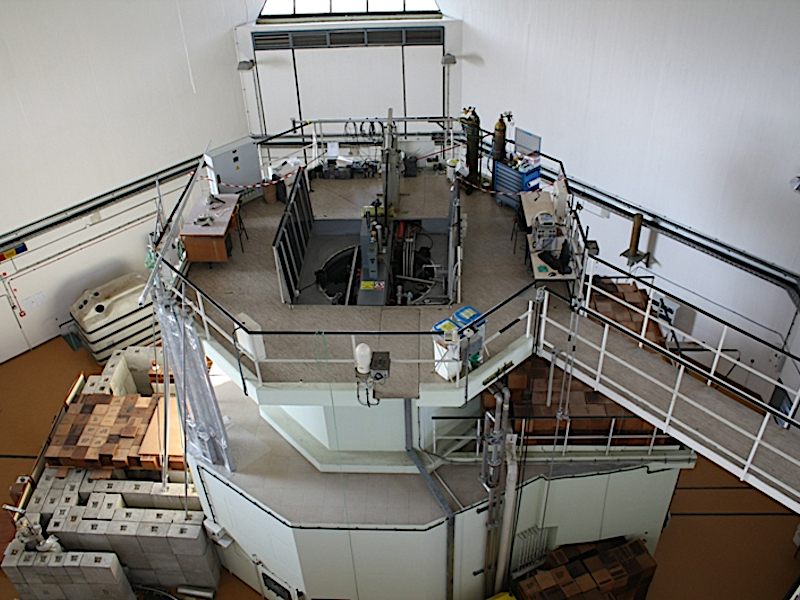
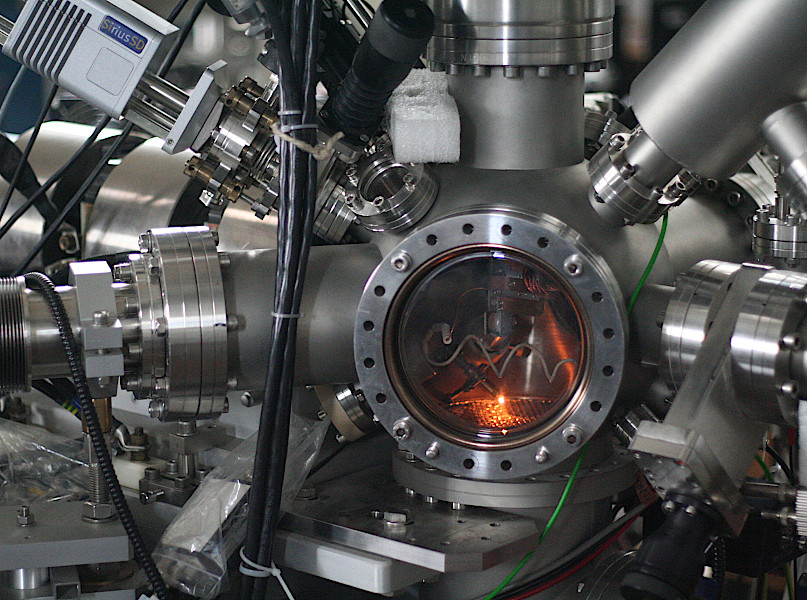
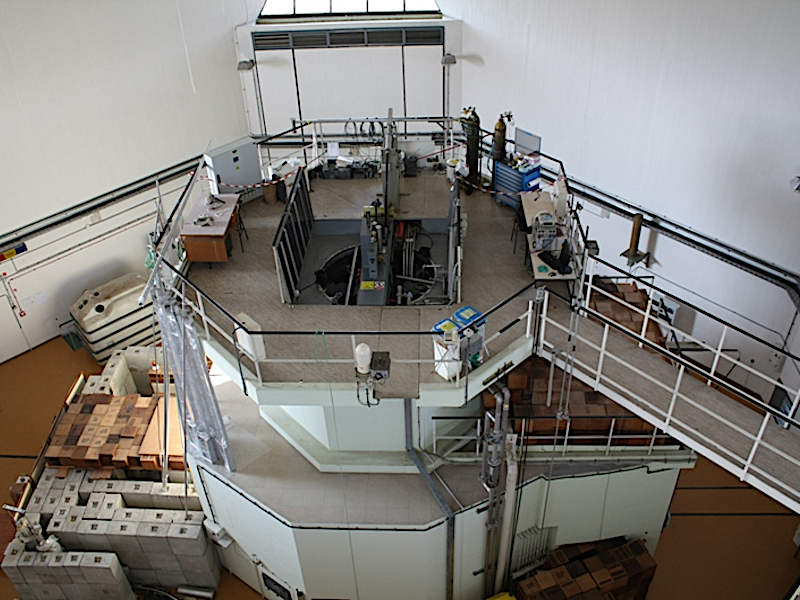
Since its establishment in 1949, the “Jožef Stefan” Institute has focused on research activities in the field of nuclear physics and research related to the introduction of nuclear energy for peaceful purposes. In the 1960s, the Reactor Centre was established in Podgorica near Ljubljana, which is located in the middle of fields and meadows on the north bank of the Sava River, approximately 12 km northeast of Ljubljana. In 1966, the TRIGA reactor began operation. The reactor served as the basis around which knowledge about nuclear technology was built, which was later used in the construction and operation of the first nuclear power plant in Krško, radiation measurements in the environment, safety analyses and the education of nuclear experts.
Construction
The reactor building was designed by architect Oton Jugovec and construction took place between 1961 and 1965. The building resembles the shape of an atomic bomb explosion with its cubic shape ending in a domed roof. The original buildings included the reactor, an administration building and a water tower, which were soon joined by two study wings, known as physics and chemistry. In 1988, a new building was built to house the Nuclear Technology Education Centre, and in 1997 a new Tandetron 3.5 MeV accelerator was installed. In 2015, a new building for the Environmental Science Department was built.
TRIGA Reactor
The TRIGA (Training, Research, Isotopes, General Atomic) Mark II reactor was manufactured by the well-known American nuclear company General Atomics and is intended for:
Trening - training in the field of reactor use and nuclear technology,
Neutron and gamma ray research,
Radioactive isotope production,
General,
Atomics.
It began operation in 1966 and has been operating continuously since then. It is a light water reactor and has a power of 250 kW. It reached its first criticality - the moment when a nuclear reaction started - on May 31, 1966 at 14:15. The reactor was renovated and upgraded for pulsed operation in 1991. During this time, there have been no accidents or serious equipment failures that would violate safety regulations and endanger the safety of employees. The Reactor Infrastructure Centre is responsible for operation and maintenance.
Research areas
The research of the Department of Reactor Engineering falls within the broader field of nuclear engineering and safety, which includes modeling of basic thermohydrodynamic phenomena, thermohydraulic safety analysis of design and severe accidents, strength safety analysis and probabilistic safety analysis. It is focused on the development and use of advanced models and computer simulation tools that enable the prediction and understanding of physical processes that are important for ensuring the safety of nuclear power plants.
The main areas of work of the Department of Reactor Physics are theoretical, experimental and applied reactor physics, plasma physics, nuclear fragmentation, neutron dosimetry, neutron radiography, physics of semiconductor elements and oncology. Research is focused on modeling and studying neutron transport and neutron reactions. It also deals with dosimetry of charged particles and plasma physics.
The Department of Low and Medium Energy Physics conducts research in nuclear physics and fundamental and applied research on ionizing rays. The main experimental equipment is a 2 MeV ion accelerator with 4 beamlines and measuring stations for research in atomic physics. It also deals with radiological environmental protection, where the Ecological Laboratory with a mobile unit operates.
Department of Environmental Science deals with interdisciplinary research by interweaving physical, chemical and biological processes that shape our environment and their impact on humans and their activities.
 Reaktorski center - Institut "Jožef Stefan"
Reaktorski center - Institut "Jožef Stefan"